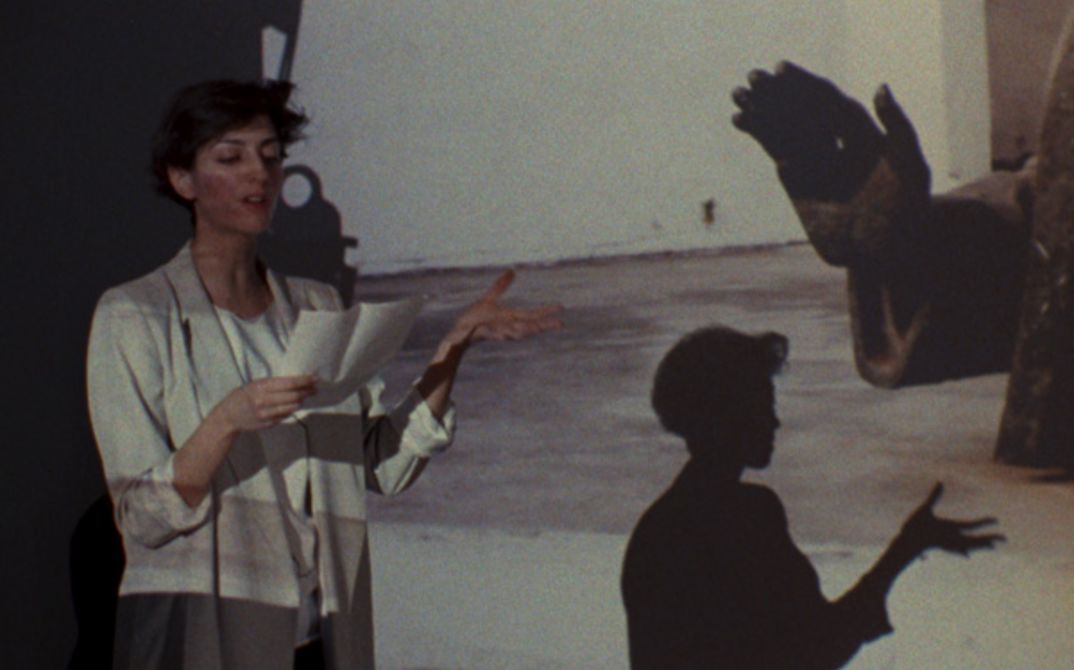
Luta ca caba inda / The Struggle is Not Over Yet
The "Luta ca caba inda" project is concerned with finding the remains of a short phase of militant cinema in Guinea-Bissau in the archive of the National Film Institute (INCA – Instituto Nacional de Cinema e Audiovisual) and allowing them to be seen again (see also "Animated Archive"). This title “Luta ca caba inda” was taken from an unfinished Guinean film – included in the archival corpus – dating from the end of 1970s.
In November 2012, a screening of the material took place in the context of “Luta ca caba inda” and in collaboration with curator Tobias Hering and director Sana na N’Hada statt. This program sketched out a possible decolonialist cinema in Guinea-Bissau by means of fragments, rough cuts as well as films produced either later or elsewhere. Here too, the visual inventory and imaginative space of the archive in Bissau are supplemented with films from the Arsenal archive and placed in a critical dialogue with them. Further screenings and presentations took place at Jeu de Paume (Paris), The Showroom (London) and ZDB (Lisbon).
The Arsenal archive contains a copy of the film ACTO DOS FEITOS DA GUINÉ (Fernando Matos Silva, Portugal 1981), which is a sort of chronicle of the fight for independence in Guinea-Bissau (1963–1974) and contains material from other Guinean films which have now been lost. Numerous films on the colonial history of and political resistance within several countries have been shown as part of the Berlinale Forum or at Arsenal Cinema and thus found their way into Arsenal archive as a result. This fact can be seen as an extraordinary piece of luck in that it allows both a Western and an African archive to be processed in mutually complimentary fashion.